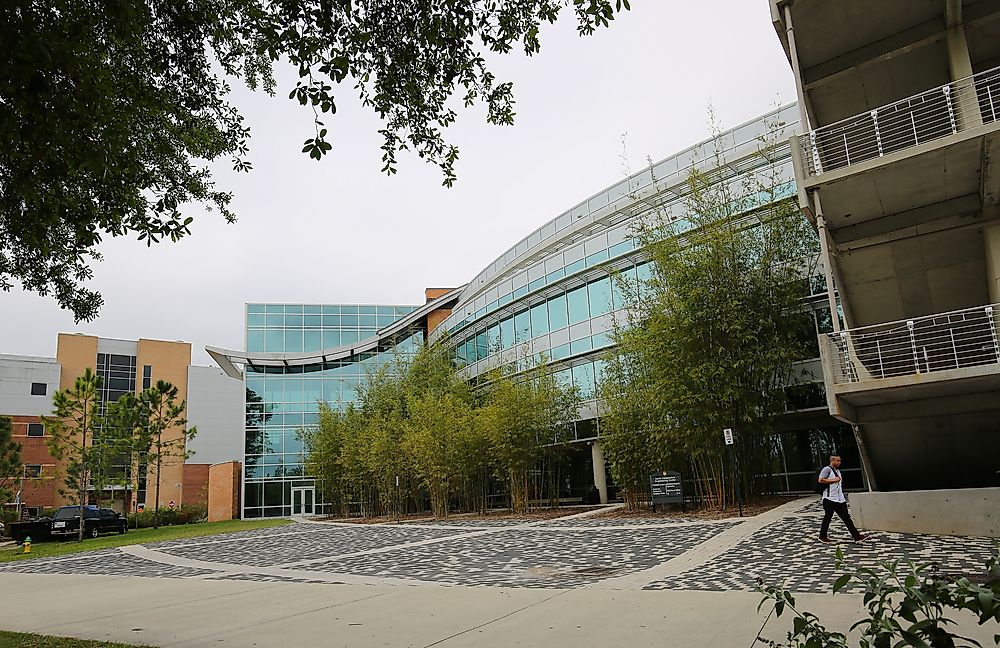How Many Colleges are in the US?

In the US, higher education refers to optional schooling that is done after secondary (high school) education. Also known as tertiary education, third level, third stage, post-secondary education, or higher education takes place either in universities or colleges all around the country. Higher education institutions comprise of liberal arts colleges, public universities, for-profit colleges, private universities, or community colleges. American universities and colleges have been ranked among the most prestigious in the world mostly due to high levels of research and strong funding. These institutions attract international students, researchers, and professors who are in pursuit of academic excellence. Unlike third level education systems in places such as Australia and the UK, the US comprises of the world’s most unique education that strongly emphasizes on Liberal Arts education in the curriculum of its higher education.
History
Some of the early colleges were founded by religious denominations that needed to educate ministers. For instance, Harvard College was established in 1636 by the colonial legislature, initially, the institution focused on training ministry to young men. The first higher education institution was founded in 1659 by Aleksander Karol Kurcjusz in New Amsterdam. Some of the other early institutions include the College of William and Mary established in 1693, Yale College in 1701, and Princeton formerly known as the College of New Jersey in 1747. Between the 19th and 20th centuries small colleges were opened by numerous protestant denominations and the Catholics as well. Some of those established by the Catholics included a number of colleges for women.
Statistics on Colleges in the US
In the year 2012, higher education institutions in the US were about 4,726 institutions that grant degrees. Out of the total, 3,026 were 4-year institutions while 1,700 were 2-year institutions. However, between 2014 and 2015 the total number had reduced to 4,627 institutions. In the year 2010, over 21 million students were enrolled in higher education institutions, this is about 5.7% of the country’s total population. A longitudinal survey was done in 2002 by the Department of Education of 15,000 students, 10 years later the same survey was carried out on the same students. According to the survey, 84% of the students at age 27 years had gotten a little bit of college education. However, about 34% attained a bachelor’s degree or higher. While 79% of the students owed the government some money for college, 55% owed more than $10,000. The survey also found out that those students who dropped out of college were three times unlikely to find employment than the those who graduated from college. About 40% of the 27-year olds spend some time without finding employment while 23% stayed up to six months or more without employment. Finally, about 79% of the former high school students grossed below $40,000 per year.
Current Trends in the Number of Colleges and College Enrollment
According to research by the National Student Clearinghouse, the enrollment of college students in the US has decreased for five consecutive years. In the two decades that follow, this decline is projected to continue. Surveys done by both Gallup poll and the Pew Research Center in 2017, found that the public opinion about colleges in the US has been declining, mostly among the white working class and the Republicans. Since the issue of funding is also threatening the existence of higher education institutions in the US, other countries are now offering incentives to poach some of the acclaimed professors and researchers.











